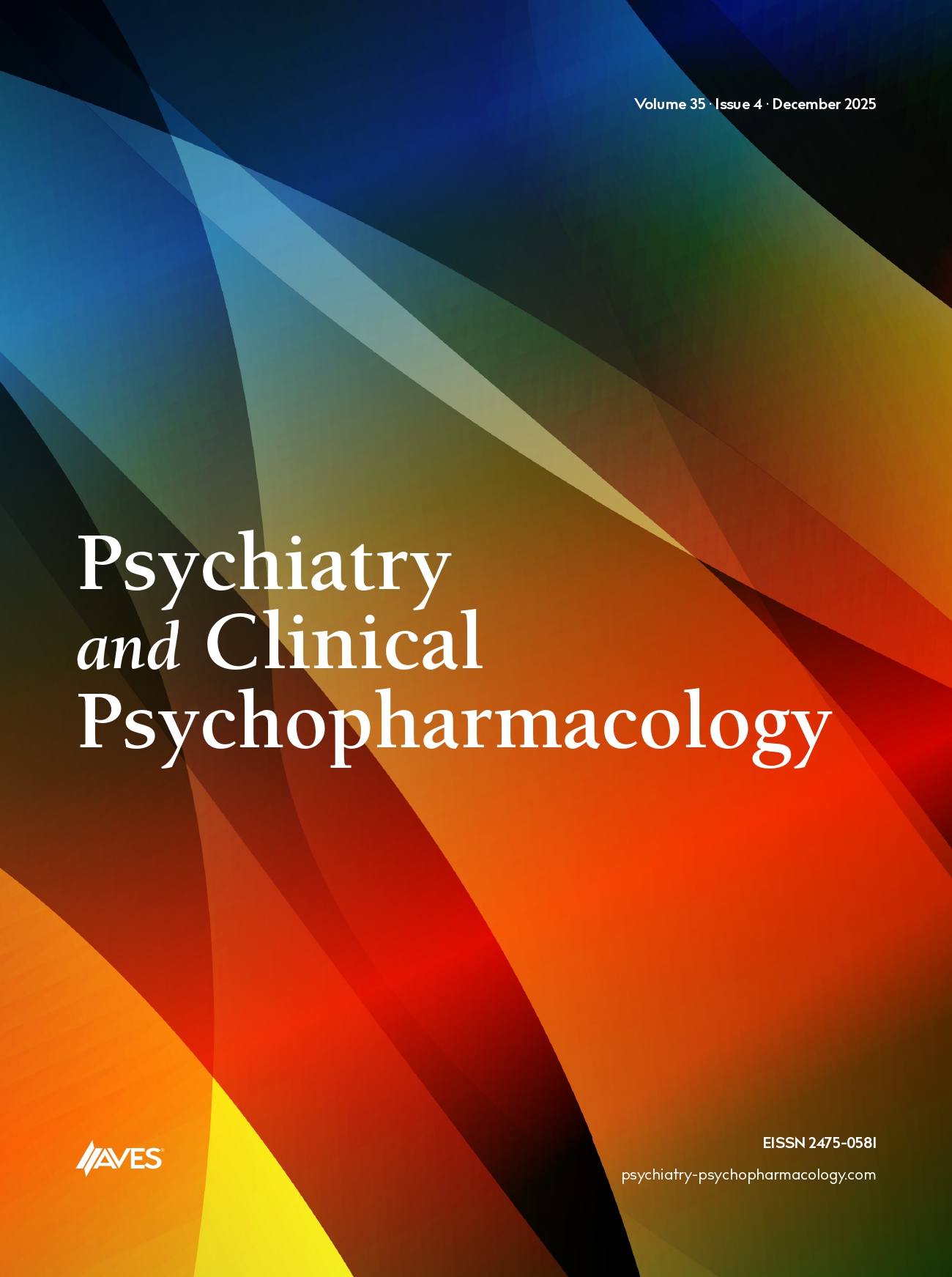The comorbidity of schizophrenia and obsessive-compulsive disorder (OCD) has been demonstrated to result in more severe symptoms and a worse prognosis for patients, as well as a more challenging treatment process for clinicians. Lurasidone is a second-generation atypical antipsychotic approved for the treatment of schizophrenia. This case report aims to share the use and treatment process of lurasidone in a 28-year-old male patient with a history of OCD and schizophrenia since childhood. The patient has had multiple hospitalizations and suicide attempts and has received ECT (electroconvulsive therapy) and TMS (transcranial magnetic stimulation) treatment on numerous occasions. The patient has been resistant to various drug treatments, including clozapine. Following the administration of lurasidone at a dosage of 80 mg/day and above, the patient exhibited a regression in their psychotic symptoms, depressive and obsessive complaints, and demonstrated a substantial enhancement in social and cognitive functioning. No adverse effects related to lurasidone were reported. These findings suggest that lurasidone may be a safe treatment option for schizophrenia and comorbid disorders. Its receptor profile suggests many advantageous features in terms of both treatment and side effect tolerability, and it provides a significant improvement in functionality.
Cite this article as: Tekin SB, Kenar ANİ. The role of lurasidone in early-onset schizophrenia and obsessive-compulsive disorder: A case report. Psychiatry Clin Psychopharmacol. 2025;35(3):311-314.


.png)
.png)